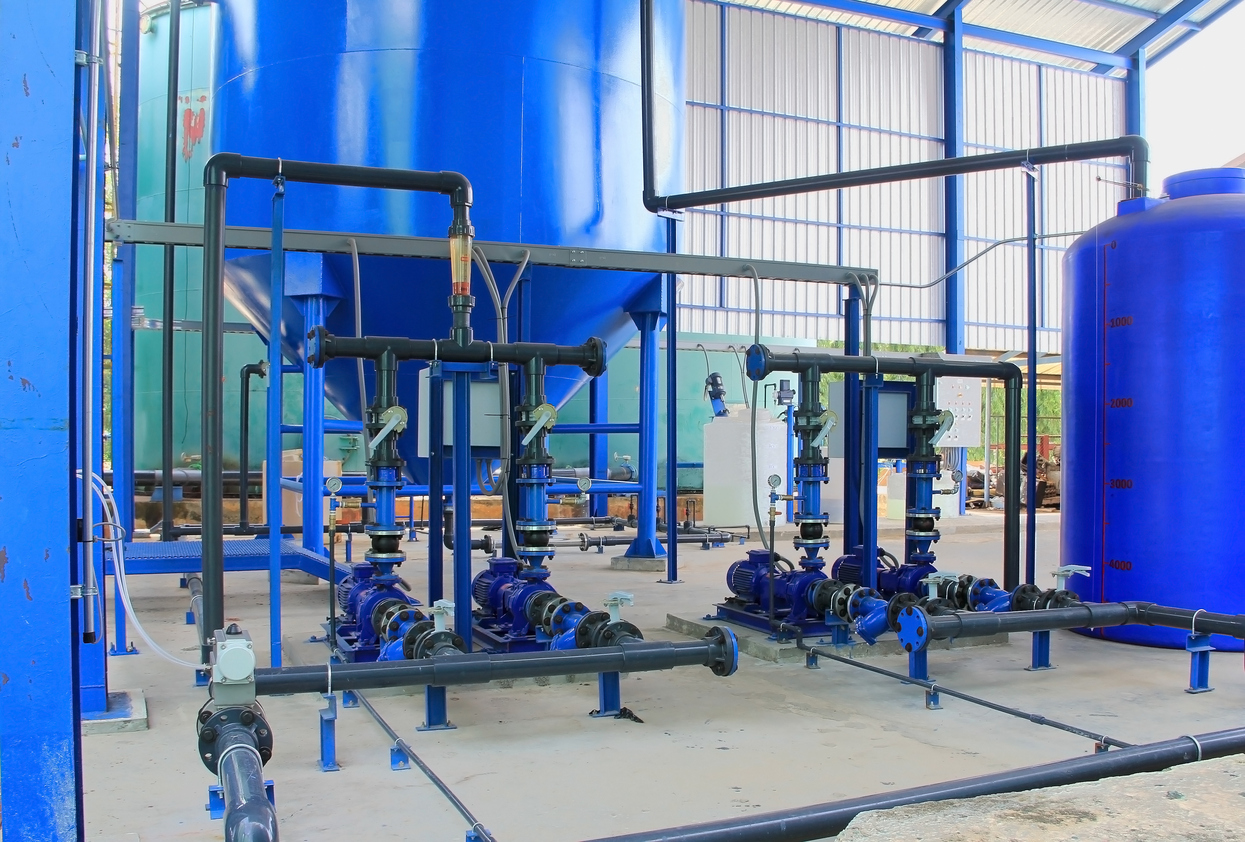What Is ZLD Plant and How Does It Work?
What Is a Zero Liquid Discharge (ZLD) Plant?
A Zero Liquid Discharge (ZLD) plant is a facility designed to treat and manage industrial wastewater in such a way that no liquid waste is discharged into the environment. Essentially, the goal of a ZLD plant is to ensure that all water used in the industrial processes is either reused or converted into a solid byproduct, leaving no liquid effluent.

How Does a ZLD Plant Work?
The operation of a ZLD plant involves several stages, each aimed at recovering valuable resources and minimizing waste. Here’s a breakdown of the process:
- Pre-Treatment: The first step involves the preliminary treatment of wastewater to remove large particulates, oils, and other contaminants. This can include processes like screening, sedimentation, and flotation.
- Primary Treatment: In this stage, the wastewater undergoes physical and chemical treatments to remove suspended solids and dissolved pollutants. Common techniques include coagulation and flocculation.
- Secondary Treatment: This stage typically involves biological processes to further degrade organic pollutants. Methods such as activated sludge systems, trickling filters, or bio-towers are commonly used.
- Tertiary Treatment: This advanced treatment stage focuses on polishing the effluent to remove any remaining contaminants. Techniques like membrane filtration, reverse osmosis, and advanced oxidation processes are employed to achieve high levels of purification.
- Concentration: The treated water is concentrated using processes like evaporation and crystallization. This reduces the volume of liquid waste and makes it easier to handle.
- Crystallization: In this final stage, the concentrated liquid is converted into solid waste through evaporation or other methods. The solid byproducts are typically in the form of salts or other crystalline materials, which can be safely disposed of or even reused in some applications.
- Water Reuse: The treated water, now highly purified, is either reused within the industrial process or safely discharged if it meets the required standards. In many cases, the water can be returned to the industrial system for further use.
Why ZLD Plants Matter?
- Environmental Protection: By eliminating liquid waste discharge, ZLD plants prevent contamination of water bodies, which can lead to pollution of rivers, lakes, and oceans.
- Regulatory Compliance: Many regions have stringent regulations on wastewater discharge. ZLD plants help industries meet these regulations, avoiding penalties and fines.
- Resource Conservation: Reusing water reduces the demand for fresh water, a valuable and often scarce resource, particularly in arid regions.
- Economic Benefits: While the initial investment in ZLD technology can be high, the long-term savings from water reuse and reduced discharge fees can be significant.
Conclusion
A Zero Liquid Discharge (ZLD) plant represents a forward-thinking approach to industrial wastewater management, aligning with global sustainability goals and regulatory requirements. By understanding the operational intricacies and benefits of ZLD systems, industries can better appreciate their role in reducing environmental impact and conserving valuable resources. As technology continues to advance, ZLD plants are likely to become even more efficient and cost-effective, driving further progress in sustainable industrial practices
Best ZLD Plant Manufacturer in India
If you are looking looking for ZLD Plant Manufacturer in India, look no further than TR Aqua Private Limited, We are a leading manufacturer and supplier of ZLD Plant in India.
For More Details, Please Contact us!
Website :- www.traqua.in
Contact No. :- +91–9971440474
Email :- traquapurifiers@gmail.com

Comments
Post a Comment